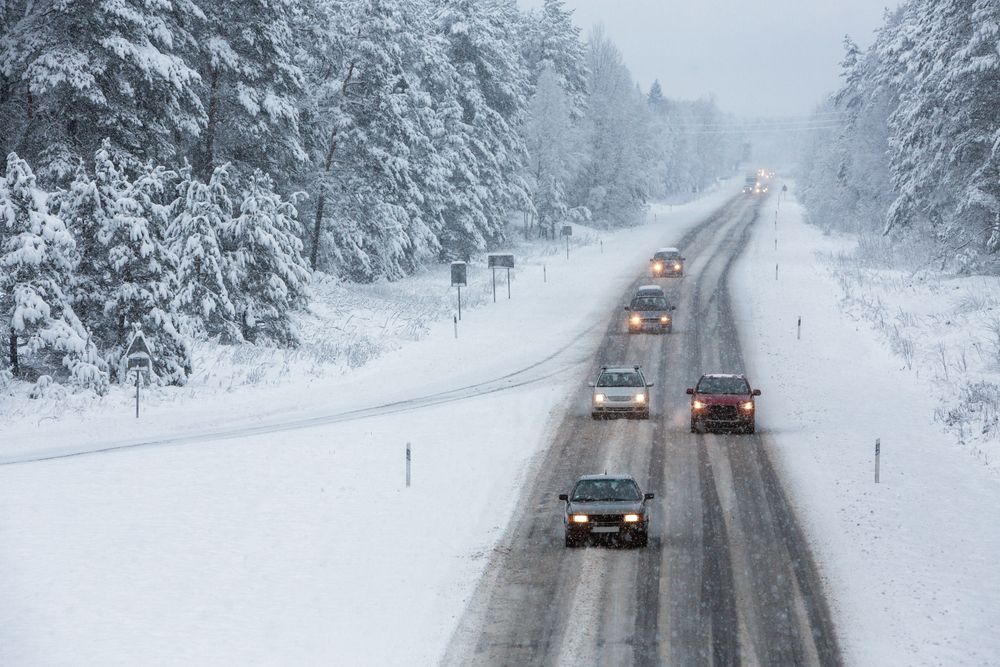Depending on where you live in the country, winter can be hard on your vehicle and make driving dangerous and stressful. Unpreparedness and inclement weather can lead to car accidents, but if you take extra precaution and get your car ready for winter, your chances could be greatly reduced. While it’s always easier to take care of any car maintenance before the temps drop and the snow flies, you can still winterize your vehicle after winter has officially arrived.
Schedule a Check Up
There are things you can do on your own to winterize your car, but if you don’t have the time or skills, you can always schedule an appointment with your trusted vehicle technician. When you have your car checked out, the following should be done before or during winter:
- Get Good Tires: If your vehicle’s tires are relatively new and have been rotated regularly, they should be safe enough for winter driving. Tires purchased a few years ago may need to get checked for safety. A quick way to check out your tire’s tread is by sticking a penny in the tread. If Lincoln’s head is covered, your tread is still good, if not, it may be time to get a new set of tires. Remember, the best way to extend the life of your tires is to stick to a regular rotation schedule.
- Windshield Wipers: You may take your windshield wipers for granted until you need them. Wipers that are old or cracked are more likely to fall apart in cold temperatures or due to ice and snow. Good windshield wipers are important for your safety and visibility while on the road, whether it’s snowing or not. Additionally, always keep your windshield wiper cleaner reservoir full as a sloppy day on the road can nearly drain a full reservoir.
- Battery: Your car’s battery works even harder when the temperatures drop. Keep an eye on the terminals (or posts) and make sure the connection is clean. If you notice any buildup, which kind of resembles cauliflower, an easy way to clean it off is with a mixture of baking soda and water and a stiff wire brush. Even if your battery is in good condition, it’s always a good idea to have a set of jumper cables in your car just in case your car won’t start. Bonus: You could help out other motorists with dead batteries.
Refresh Your Winter Driving Skills and Prep for Emergencies
If it has been awhile since you’ve driven during wintery road conditions, take some time to practice winter driving during the daylight hours in a vacant section of a parking lot. Remember to always keep a safe distance from other vehicles and never pass a snowplow.
In addition to prepping your car and yourself for winter, make sure you have a winter emergency kit in your vehicle. You can purchase a winter emergency kit online, but you can build your own and can include, but not limited to, the following: extra winter clothes, flashlight, non-perishable food, first-aid kit, snow shovel, and sand or cat litter for extra weight or traction.

